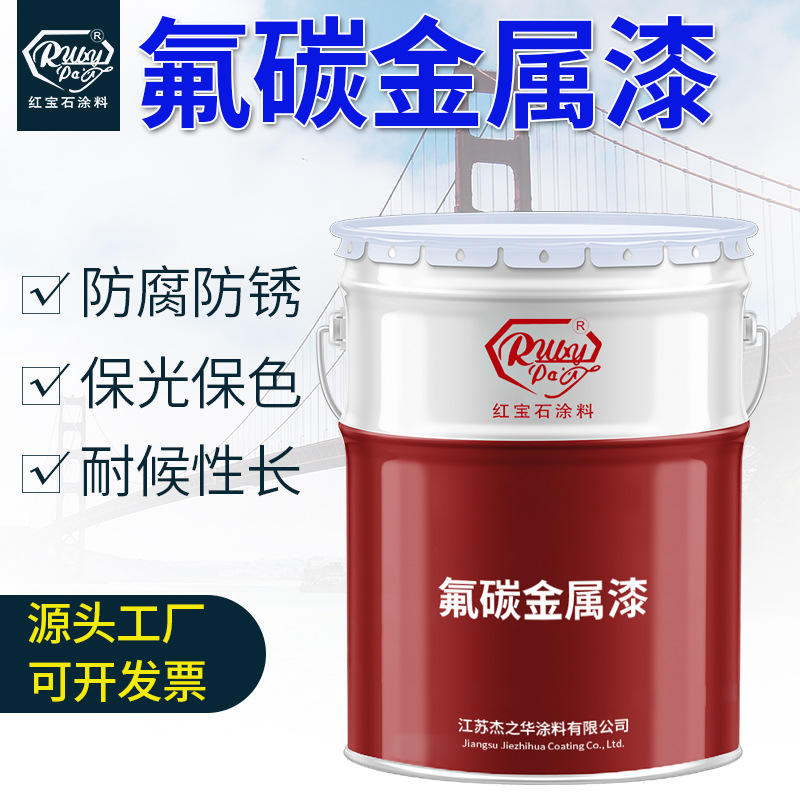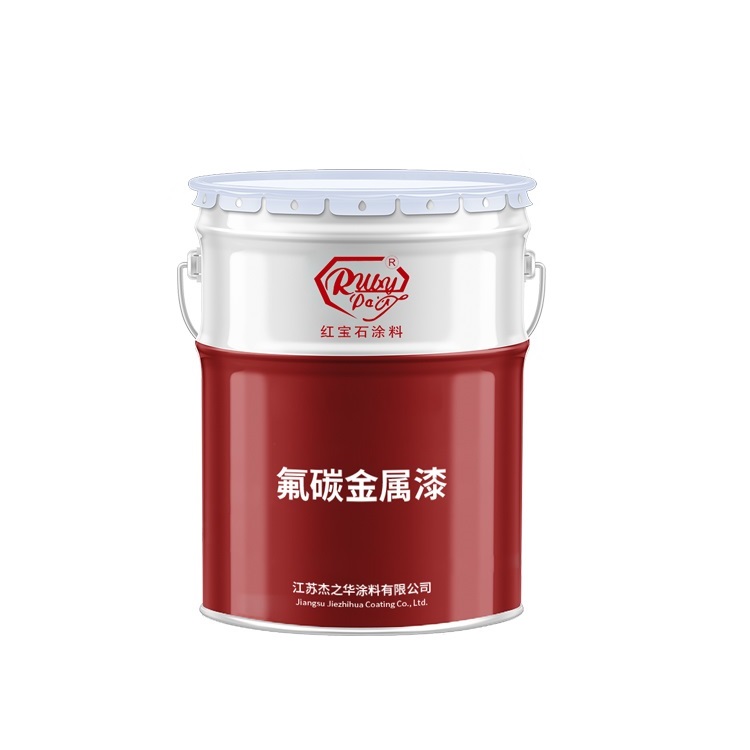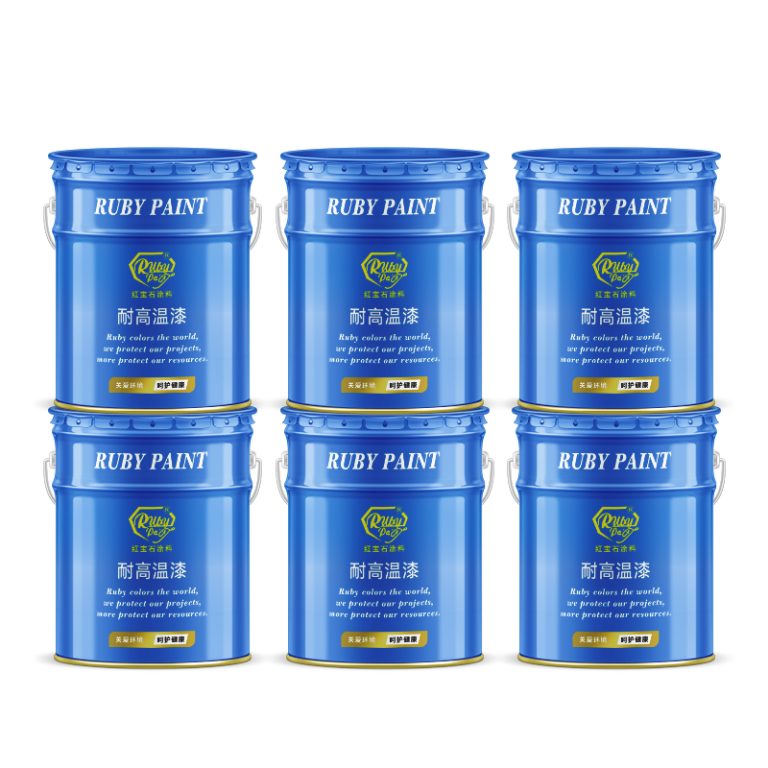Table of Contents
Preparing Surfaces for Painting Over Ospho: A Step-by-Step Guide
When it comes to painting over surfaces treated with Ospho, a rust-inhibiting product, proper preparation is key to achieving a flawless finish. Ospho is a phosphoric acid-based solution that converts rust into a stable, paintable surface. However, painting directly over Ospho-treated surfaces without adequate preparation can lead to poor paint adhesion and an uneven finish. This guide will walk you through the necessary steps to ensure that your painting project is successful.
The first step in preparing to paint over Ospho is to allow the treated surface to dry completely. Ospho typically needs to dry for at least 24 hours, but this can vary depending on environmental conditions such as humidity and temperature. It is crucial to ensure that the surface is thoroughly dry, as any residual moisture can interfere with the adhesion of the paint.
Once the surface is dry, the next step is to assess the condition of the treated area. Ospho leaves behind a black or dark gray phosphate coating that indicates the chemical reaction has taken place. This coating is usually rough and uneven, which can affect the final appearance of the paint. To address this, lightly sand the surface using fine-grit sandpaper. Sanding will help to smooth out any rough patches and provide a more uniform surface for painting.
After sanding, it is important to remove all dust and debris from the surface. A clean, lint-free cloth dampened with mineral spirits or denatured alcohol works well for this purpose. Wipe down the entire area thoroughly, ensuring that no sanding dust or other contaminants remain. This step is essential for promoting good paint adhesion.
Once the surface is clean and smooth, it is time to apply a primer. A high-quality, rust-inhibitive primer is recommended, as it will enhance the durability of the paint and provide additional protection against corrosion. Apply the primer according to the manufacturer’s instructions, using a brush or roller as appropriate for the size and shape of the surface. Be sure to cover the entire area evenly, and allow the primer to dry completely before proceeding.
| Serial Number | Product Name |
| 1 | Fluoracarbon primer paint |
The final step is to apply the topcoat of paint. Choose a paint that is suitable for the specific conditions of the environment where the surface is located. For example, if the surface will be exposed to outdoor elements, select a paint that is formulated for exterior use and offers UV and moisture resistance. Apply the paint in thin, even layers, allowing each layer to dry completely before applying the next. Multiple thin layers will yield a smoother, more durable finish than a single thick layer.
In conclusion, painting over Ospho-treated surfaces requires careful preparation to ensure optimal results. By allowing the treated surface to dry completely, sanding to create a smooth substrate, cleaning thoroughly to remove contaminants, applying a rust-inhibitive primer, and choosing the appropriate paint for the environment, you can achieve a professional-looking finish that will last for years to come. Taking the time to follow these steps will help you avoid common pitfalls and ensure that your painting project is a success.
Best Paints to Use Over Ospho for Long-Lasting Protection
When it comes to protecting metal surfaces from rust and corrosion, Ospho is a popular choice. This phosphoric acid-based solution effectively converts rust into a stable, black iron phosphate coating, providing an excellent base for paint. However, not all paints are suitable for application over Ospho-treated surfaces. To ensure long-lasting protection and a flawless finish, it is crucial to select the right type of paint.
One of the best options for painting over Ospho is an oil-based paint. Oil-based paints adhere well to the iron phosphate coating created by Ospho, forming a durable barrier that resists moisture and prevents further rusting. These paints are known for their high resistance to wear and tear, making them ideal for surfaces that are exposed to harsh conditions. Additionally, oil-based paints provide a smooth, glossy finish that enhances the appearance of the metal surface.

Another excellent choice for painting over Ospho is epoxy paint. Epoxy paints are known for their strong adhesion and chemical resistance, which makes them perfect for surfaces that may come into contact with chemicals or solvents. These paints create a hard, protective shell over the metal, effectively sealing the surface and preventing moisture penetration. Epoxy paints are also highly resistant to abrasion, making them suitable for high-traffic areas or surfaces that are subject to frequent handling.
| Serial Serial Number | Article Name |
| 1 | Epoxy Zinc rich paint |
For those looking for a more environmentally friendly option, water-based acrylic paints are a viable alternative. These paints are low in volatile organic compounds (VOCs) and are easier to clean up than oil-based paints. While acrylic paints may not offer the same level of durability as oil-based or epoxy paints, they still provide adequate protection against rust and corrosion when applied over Ospho-treated surfaces. Additionally, acrylic paints are available in a wide range of colors, allowing for greater flexibility in design and aesthetics.
It is important to note that proper surface preparation is key to achieving optimal results when painting over Ospho. Before applying paint, the treated surface should be thoroughly cleaned and dried to remove any residual Ospho solution. Any loose rust or flaking paint should also be removed to ensure a smooth, even surface for painting. Once the surface is prepared, it is recommended to apply a primer specifically designed for use on metal surfaces. This will enhance the adhesion of the paint and provide an additional layer of protection against rust.
In conclusion, when painting over Ospho-treated surfaces, it is essential to choose the right type of paint to ensure long-lasting protection and a high-quality finish. Oil-based paints, epoxy paints, and water-based acrylic paints are all suitable options, each offering its own set of benefits. By following proper surface preparation techniques and using a compatible primer, you can achieve a durable and attractive finish that will protect your metal surfaces for years to come.




